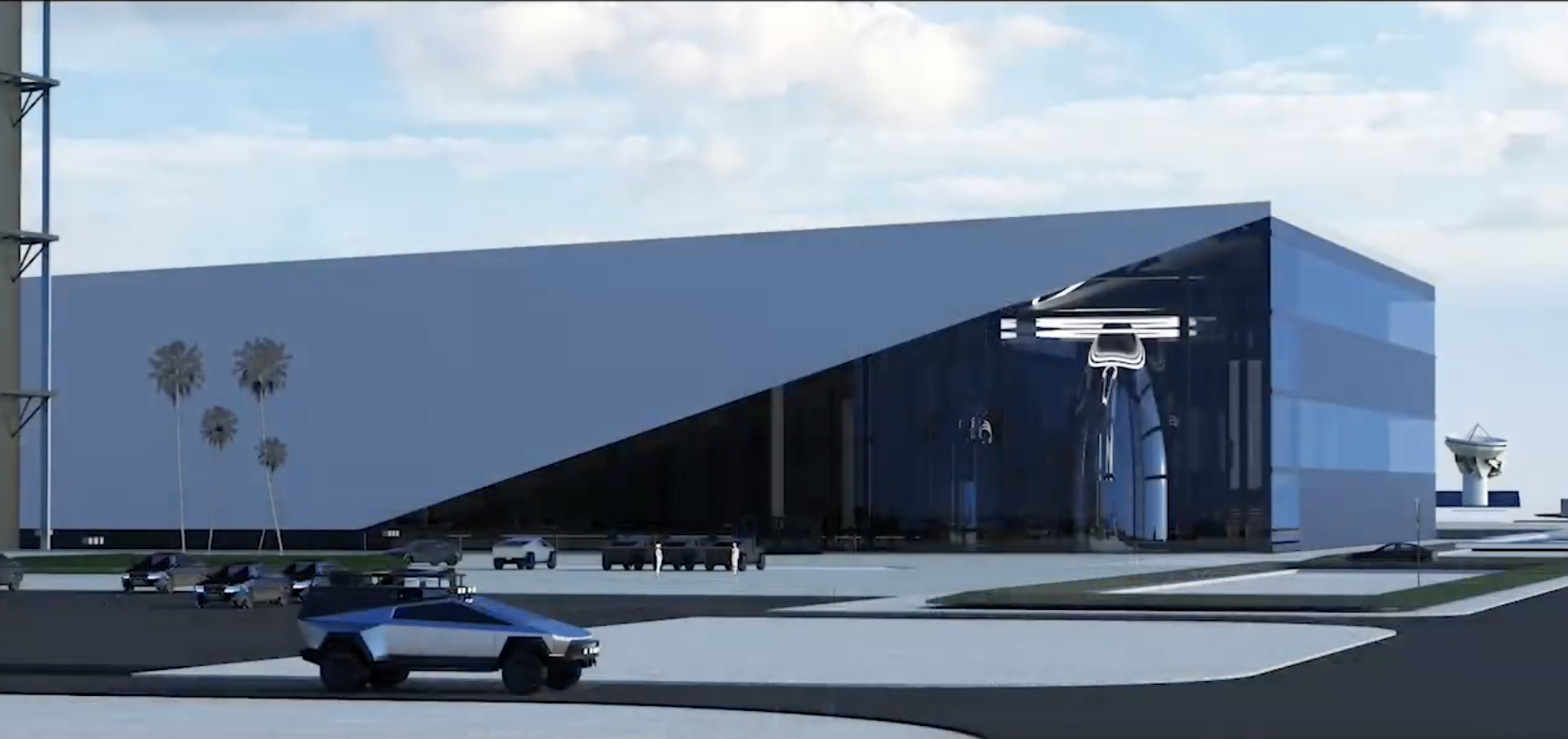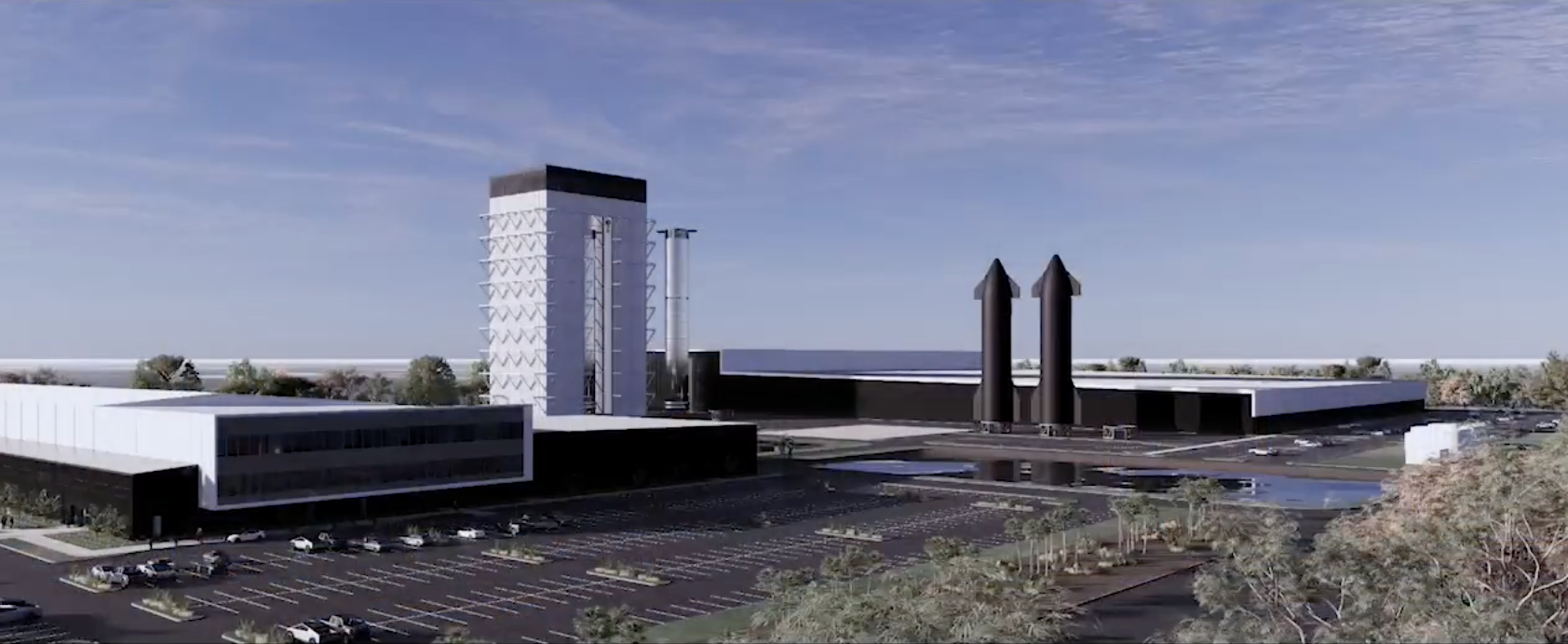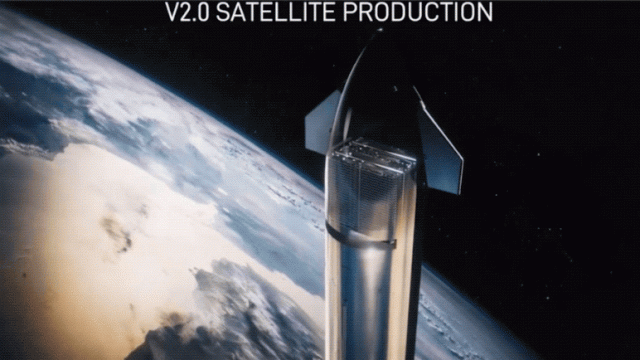At a recent company all-hands meeting, SpaceX CEO Elon Musk discussed the current state of the organisation and its recent accomplishments, in addition to showcasing its plans for two factories and the unique manner in which it plans to deploy its next-gen Starlink satellites.
It’s been a heck of a year at SpaceX, and Elon Musk wants everyone at the company — and also those outside it — to know it. The billionaire spoke during an all-hands gathering last week, in which he noted some recent SpaceX happenings and milestones and also some plans for the future. Musk dropped the associated deck on his Twitter account this Sunday.
Deck from SpaceX all-hands update talk I gave last week pic.twitter.com/ApsdPjjukh
— Elon Musk (@elonmusk) June 5, 2022
Among the more notable items included in the presentation is an animated video showing a Starship rocket deploying a batch of Starlink 2.0 satellites to low Earth orbit. Musk recently disclosed details of the next-gen Starlink satellites, saying they’ll measure 7 metres long and weigh 1.25 tons. That’s bigger and heavier than the current generation of Starlink satellites, and a bit much for the currently operational Falcon 9 rocket.
“Falcon neither has the volume nor the mass [for the] orbit capability required for Starlink 2.0,” Musk told Everyday Astronaut, a popular YouTube show. “So even if we shrunk the Starlink satellite down, the total up mass of Falcon is not nearly enough to do Starlink 2.0.”
Musk says these bulkier, more powerful Starlink satellites will require the upcoming Starship rocket for delivery. SpaceX needs Starship to “work and fly frequently or Starlink will be stuck on the ground,” Musk said during the Everyday Astronaut interview. In his all-hands presentation, the CEO played a conceptual video showing how the oversized rocket will deploy the next-gen satellites. Departing the rocket in pairs, the satellites resemble Pez candies leaving the dispenser.
It looks very sci-fi, but this does appear to be the method of choice, as a prototype Starship rocket is already equipped with the deployment slots. Interestingly, the “Starlink dispenser and tiny payload ‘slot’ shown only appear to allow Starship to carry around 60 satellites, suggesting that the company will need to develop a different deployment method to achieve its ultimate goal of launching 110-120 satellites at once,” according to Teslarati.

The topic of Starship rockets also came up during the all-hands. The company is currently working toward the first orbital test of the fully stacked launch system, and the two key components — prototype Starship 24 and booster 7 — are currently being prepared and tested at the company’s Boca Chica facility in Texas. No date has been set for the inaugural launch, but SpaceX can’t send the vehicle to space until it receives regulatory approval from the Federal Aviation Administration. The FAA is expected to grant permission later this month after months of delays.
Musk’s all-hands deck also included conceptual images of two future SpaceX factories, one at the existing Starbase facililty in Boca Chica, Texas, and one at Cape Canaveral in Florida. The CEO has big production plans for Starship, as it’s set to become a workhorse rocket for the company, delivering cargo and passengers to Earth orbit, the Moon, and Mars.

Musk shared some Starlink statistics during the all-hands, saying the space-based internet service now boasts nearly 500,000 users from 32 different countries. The company has also managed to deliver 15,000 Starlinks to Ukraine.
As Musk also noted during the all-hands, SpaceX is now working at a record-breaking launch cadence. The company has performed 22 launches thus far in 2022 — a launch pace nearing one per week. In one instance, the company managed to re-use a booster in just 21 days. SpaceX has now performed a total of 98 reflights of its Falcon 9 first-stage booster.
The first launch of a Starlink satellite happened three years ago, and there are now over 2,300 Starlink satellites in low Earth orbit, forming a constellation that provides broadband internet access to paying customers all over the world. Ideally, the company would like to build a megaconstellation consisting of 42,000 Starlink satellites, something that makes astronomers nervous.
